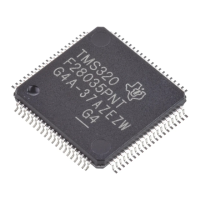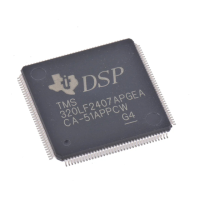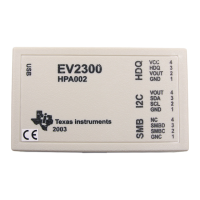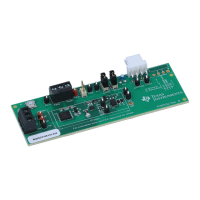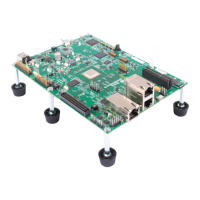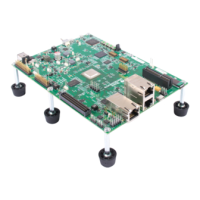TMS34010
C
Run-Time
Environment
3)
If
space must be allocated on the stack
for
a return value, it must be al-
located
before any other function call setup action.
If
the function returns a double, a float, or a structure type, space must
be
allocated on the stack for the return value, regardless
of
whether the
caller
will
use the data.
4)
Parameters
to
the function
are
passed in reverse order; that is, the last
parameter
is
pushed first and the first
is
pushed last. This feature allows
variable-length
argument lists
to
be handled easily.
5)
All
integer types
are
widened
to
32-bit
integers. (See Conversions, page
4-4.)
6)
All floating
point
values are converted
to
doubles.
7)
Structures are
"widened"
to
the next larger
word
boundary.
Note:
Passing structures
to
functions can be dangerous. The called
function
must
know
the correct size
of
the structure in order
to
handle the call
properly.
If
the sizes
do
not
match, unpredictable results occur. There
is
no compile-time check for this in
C.
8)
The called routine does all cleanup
of
the stack, so the caller does
not
need
to
do
anything after the actual call
to
the function.
5.5.3
Local
Frame
Generation
The first steps taken by the called function
are:
1)
Saves any registers
which
are
modified
by
the function
(including
the
frame pointer
if
the function has local variables). This
is
accomplished
via the
MMTM
instruction, pushing the original values
of
the used reg-
isters
onto
the system stack.
2)
If
there are local variables, sets the frame pointer
(A13)
to
point
to
the
top
of
the program stack
(A14)
and then allocates the local frame by
incrementing the program stack.
5-9
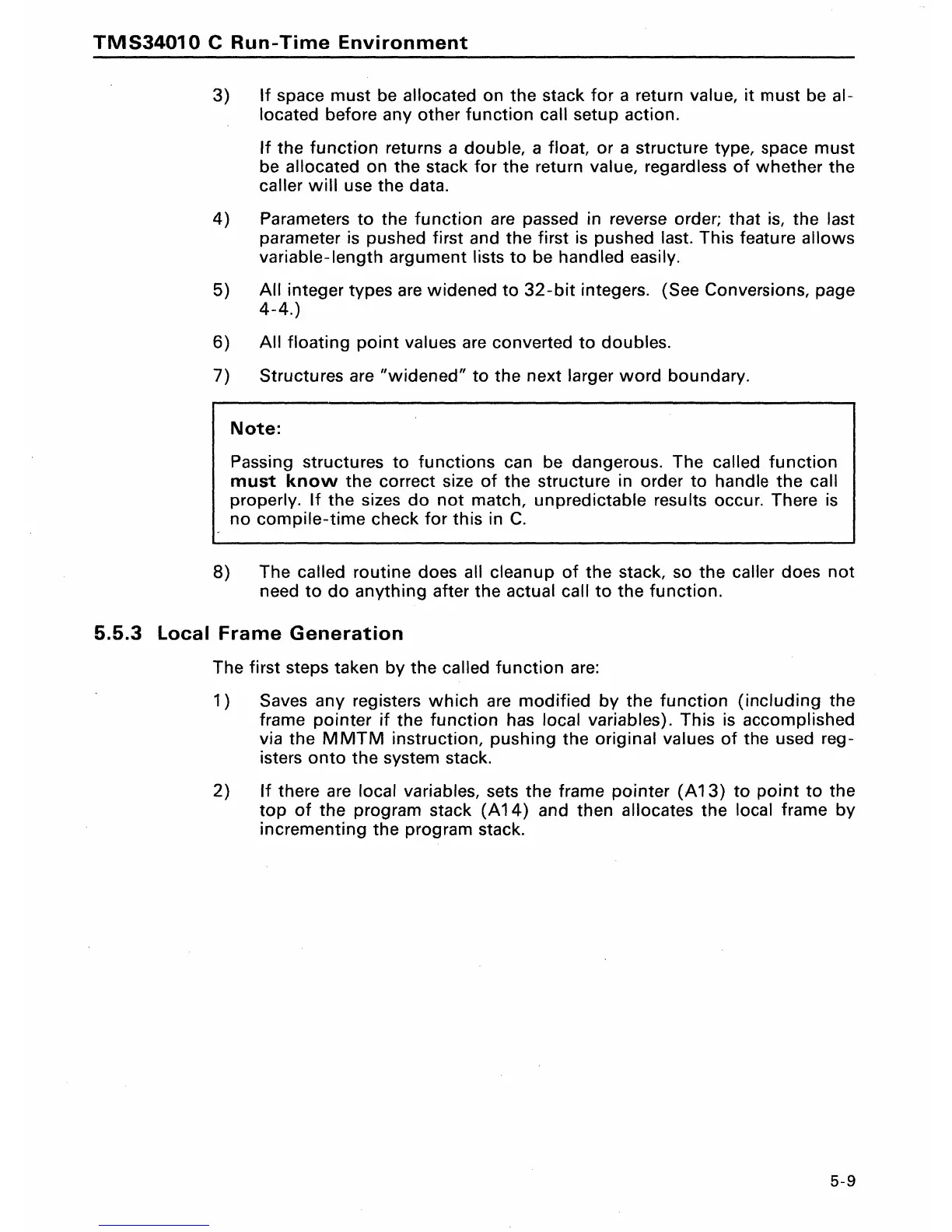